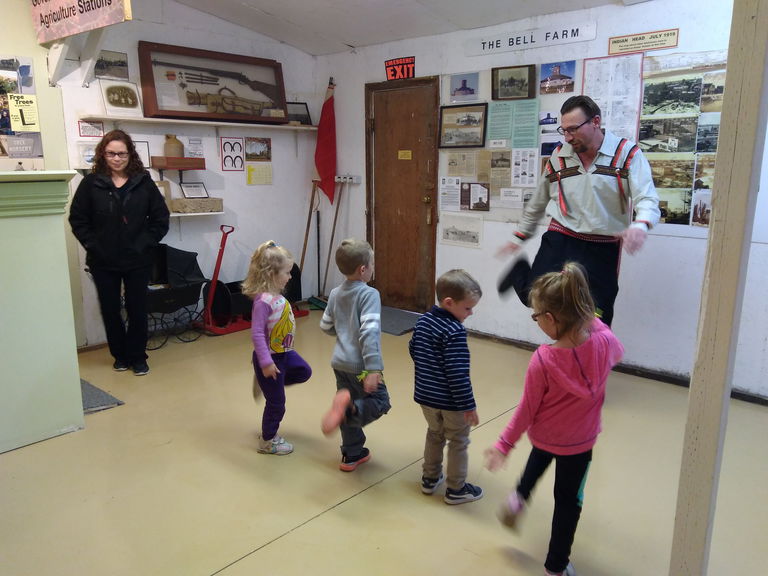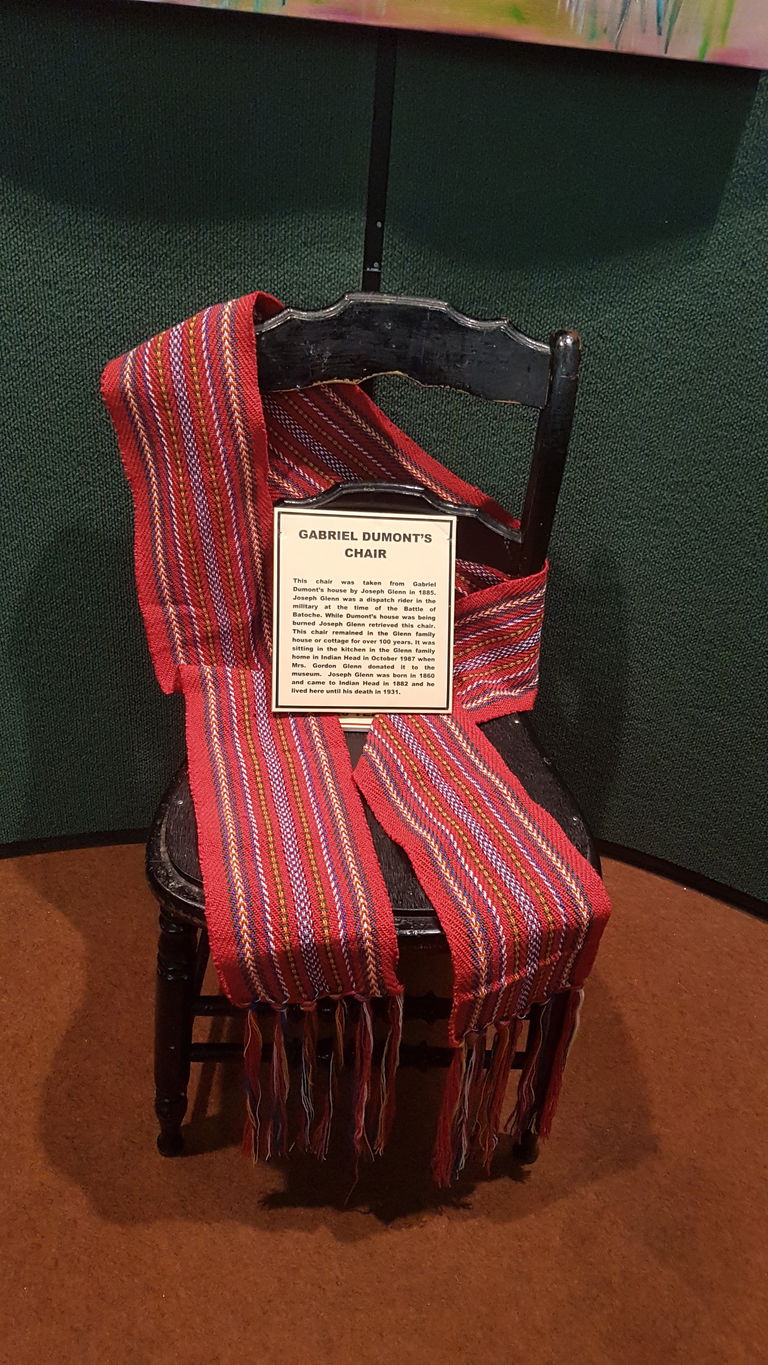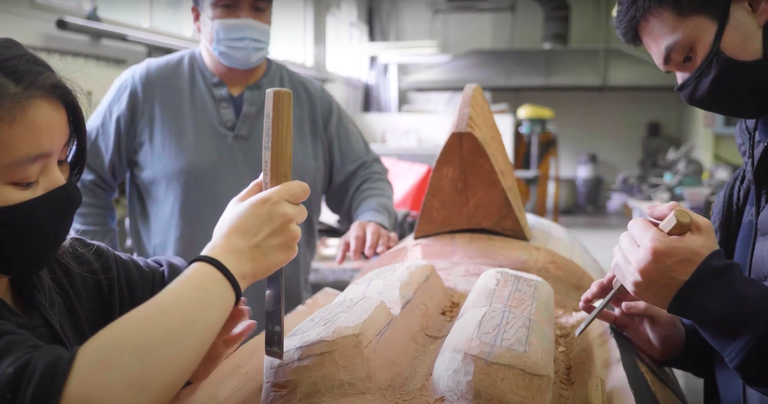
Weaving Reconciliation: Arts & Culture as a Catalyst for Change
Shelley Fayant
Aug 23, 2019
The Indian Head Museum Society’s (IHMS) Culture Days event in 2018 far exceeded anybody’s expectations. Linda Kort, IHMS board secretary, attributes the overwhelming community response to the Métis-themed activities that included jigging lessons, a finger-weaving workshop and a traveling Métis exhibit on loan from the Swift Current Museum. The event also featured two performances of Laurier Gareau’s play, The Betrayal, a fictionalized account of Gabriel Dumont’s return to Batoche as an old man.

“We hoped to get at least 60 people throughout the weekend and by Sunday, we had counted more than 400 people—I was blown away,” she exclaims.
The decision to highlight Métis culture grew from a strategic planning session, as well as a workshop on repatriation of Indigenous artifacts, with the Museum Association of Saskatchewan (MAS). “MAS was incredibly helpful. They helped us understand that museums shouldn’t just be collecting ‘stuff’ but that we should be gathering stories, too. It compelled us to reflect on the demographics of our community.”
She continues, “We knew Indian Head was a Métis town but our museum didn’t reflect that. We knew we wanted to collect and share those stories, and that Culture Days would be the ideal opportunity to do so, but we really didn’t have any way of making it happen on our own.”
That’s when the museum reached out to Marg Friesen, the Métis Nation - Saskatchewan (MNS), Eastern Region III representative, to explore the possibility of a partnership, and the idea took root from there. They were able to bring the Indian Head Grand Theatre and the Indian Head Stage Left Players on board. Together, they obtained funding from SaskCulture Culture Days Funding Assistance - Hubs program.
Their promotion of their Culture Days event piqued much interest, including that of the local high school who notified Kort that the entire high school body would be on hand for the play. “It went from one extreme to another,” laughs Kort. “We went from worrying that nobody would come to ‘what in the world are we going to do with all these people?’ Luckily the troupe could do another show, so we made arrangements to have two shows and it was tremendously successful!”
Another highlight of the weekend involved an item that had been housed in the museum for years: a chair that belonged to Gabriel Dumont. According to Kort, it had been taken from Dumont’s home by a young soldier after the Battle of Fish Creek, and was eventually donated to the museum. Kort says the museum recognized it did not really belong to them, so they decided to repatriate the chair back to the Métis Nation. She said the IHMS was surprised and honoured when the MSN accepted the chair and then promptly donated it back to the museum for safekeeping. The chair is still on display at the museum and signifies the museum’s commitment to advancing reconciliation with the Métis community.

Building on the success of its Culture Days 2018 weekend, the Indian Head Museum Society is busy making plans for 2019, with support from SaskCulture’s Métis Cultural Development Fund (MCDF).
“Our plan for Culture Days this year is to debut a series of videos we are producing about different aspects of Métis culture like music and language,” says Kort. “The MCDF program made it possible to hire a videographer who has spent the last several months conducting interviews with local Métis people. The videos will ultimately become a permanent part of the museum.”
This article was originally published in SaskCulture’s “Year In Review” 2018-2019 Annual Report.





